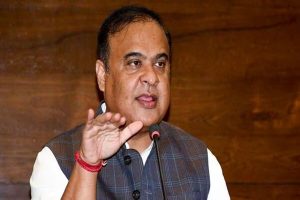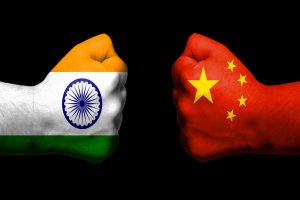In the heart of Manipur, a state often marred by ethnic strife and turmoil, the recent conflict between the Kuki and Meitei communities has left deep scars on the land and its people.
The once peaceful coexistence between these two communities has been shattered, resulting in a microscopic divide that runs through the very fabric of Manipur’s society. Families have been uprooted, homes abandoned, and the sense of unity that once prevailed has been replaced by mistrust and fear.
Yet, amidst this chaos, a deeper, more profound truth has emerged—one that speaks to the resilience of the human spirit and the enduring bond of brotherhood.
The conflict that erupted between the Kukis and Meiteis was sudden and devastating. For generations, these communities had lived side by side, sharing their lives, their culture, and their traditions.
But in an instant, the flames of violence engulfed them, forcing many to flee their homes in search of safety. Imphal, the capital of Manipur, became a no-go zone for the Kukis, while Churachandpur, a Kuki-dominated district, became equally off-limits for the Meiteis. The divide was not just physical but emotional, tearing apart friendships, relationships, and families that had once been strong.
In the midst of this turmoil, I undertook a journey from Imphal to Churachandpur, a mere 62 kilometres apart, yet worlds away in the current climate of fear and suspicion. The drive revealed the human cost of the conflict—the wounds, both visible and invisible, that this strife has inflicted on the people of Manipur. But it also uncovered a story of hope, a story that transcends the boundaries of ethnicity, religion, and material desires.
The story centres on a young man, a Tangkhul by ethnicity, with a Meitei mother and a Tangkhul father. This mixed heritage had always been a source of pride for him, symbolising the unity and diversity of Manipur. But the conflict had forced him to navigate a world where such unity was no longer possible. Despite the dangers, he was determined to make the journey to Churachandpur, not for political reasons or out of curiosity, but for something much deeper—a human connection that refused to be severed by conflict.
His mission was simple yet profound. He wanted to see his former neighbour, a woman who had been like a sister to him. She was a Kuki, and her family had been forced to flee Imphal when the violence began. They had left everything behind, seeking refuge in Churachandpur. The distance between them was now not just geographical but symbolic of the larger divide that had torn Manipur apart.
As we entered Churachandpur, the tension was palpable. The Indian Army checked us at various points, and civilian guards, part of the self-formed militias that now policed the area, conducted their own inspections. It felt as if we were crossing into a different country, a land where the rule of law had been replaced by the rule of fear. Yet, amidst this environment, our young guide remained focused on his goal.
When he finally met his former neighbour, the moment was charged with emotion. Standing in a narrow lane in Churachandpur, they embraced as if the past year had been a lifetime. The woman, now a state government employee in her new home, was overwhelmed. Her words, “I can’t believe I am seeing you,” echoed the deep pain of separation and the joy of reunion. Though her parents, wary of the outsider from Imphal, remained reserved, the bond between these two individuals spoke volumes about the resilience of human relationships.
This encounter was not a love story, nor was it about reconciliation on a grand scale. It was about the simple yet powerful truth that even in the darkest times, the connections we forge with others can endure. The bond between this young man and his Kuki neighbour was a testament to the fact that brotherhood and bonhomie can survive even the most trying circumstances. In a state where ethnic lines have been drawn and fortified, their story is a reminder that, at the end of the day, we are all human beings, bound together by shared experiences, emotions, and the fundamental need for connection.
As Manipur continues to grapple with the aftermath of this conflict, stories like this one offer a glimmer of hope. They remind us that, despite the divisions that have been sown, the human spirit remains unbreakable. And perhaps, in time, these bonds will help heal the wounds that have been inflicted, allowing the people of Manipur to once again find unity in their diversity.












